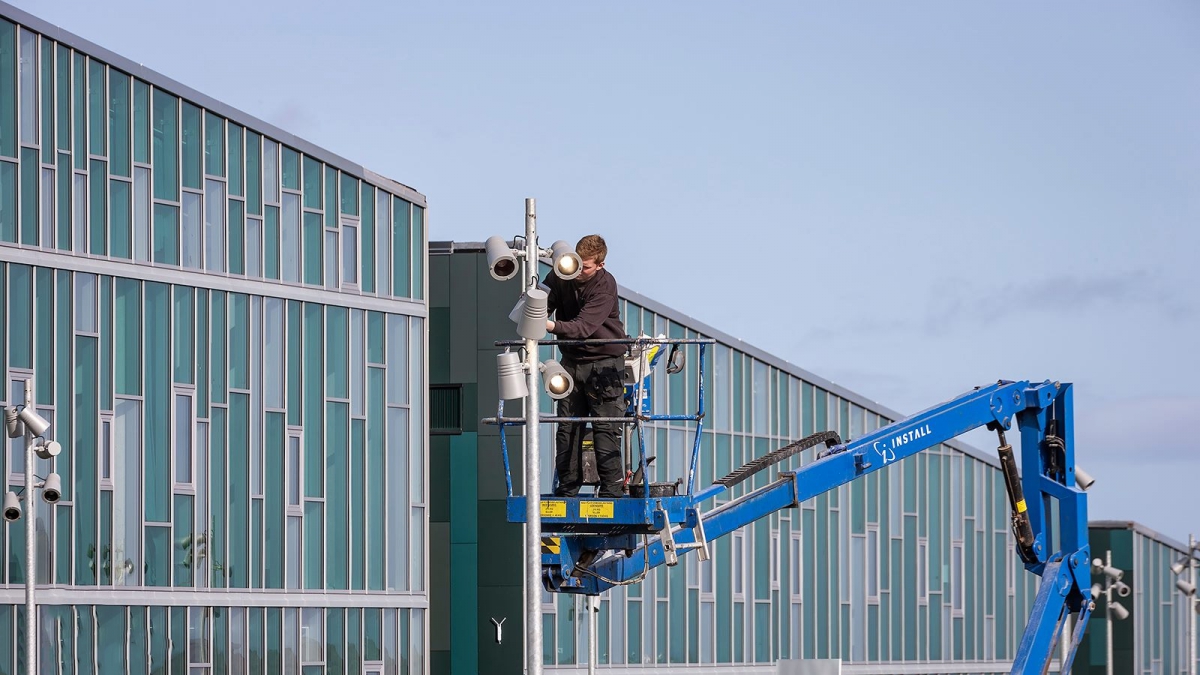Wages (Pay as you earn)
21. Dec 2020
Wage expenditure growth at a standstill

The trend shows that the recent wage expenditure has come to a halt.
[px-graph-1]
The graph below shows wage expenditures for both sexes. The semi-transparent lines show paid wages, and the solid lines show the trend for both sexes.
[px-graph-2]
The graph below shows wage expenditures in the four main industrial sectors. The semi-transparent lines show paid wages, and the solid lines show the trend for the industrial sectors.
While the trend still shows some wage expenditure growth in the ‘governmental and other services’ and the ‘private services’ sectors, the trend growth in the ‘construction and other manufacturing’ and the ‘fishery and other natural resources’ has stopped.
[px-graph-3]
[px-graph-4]
The table below compares the total wage expenditures from January to November this year with the same period last year. Despite the trend indicating stagnant growth, there has been an overall year-on-year increase of 1.8% in wage expenditures. Year-on-year wage expenditures have gone up for the ‘construction and other manufacturing’ (+5.9%) and the ‘governmental and other services’ (+4.3%) sectors, while these expenditures have decreased by 1.8% for the ‘fishery and other natural resources’ sector and by 0.6% for the ‘private services’ sector.
[px-graph-5]
About wage expenditures
Wage expenditures are subject to tax at source and are paid by companies based in the Faroe Islands. The statistics only covers wages for work done. Other payments and expenditures such as grants and post-employment benefits are not included.
All wage expenditures meeting the above requirements will be counted in regardless of the employee’s nationality.
About the trend
The trend describes the wage expenditure trend by adjusting for seasonal effects and error components in the figures.
About the main industrial sectors
Grouped under the ‘fishery and other natural resources’ sector are the following branches: agriculture, fishing, aquaculture, extraction of raw materials, fish processing and activities not elsewhere indicated.
The ‘construction and other manufacturing’ sector includes: shipyards/machine shops, other manufacturing, construction and energy.
The ‘private services’ sector includes: trade and repair, hotels and restaurants, sea transport, other transport, communications, finance and insurance, business services. household services and organisations, culture, etc.
‘Governmental and other services’ includes: public administration and services (central administration, municipalities, education, health and social work), government institutions and the Ministries of Education and Health.